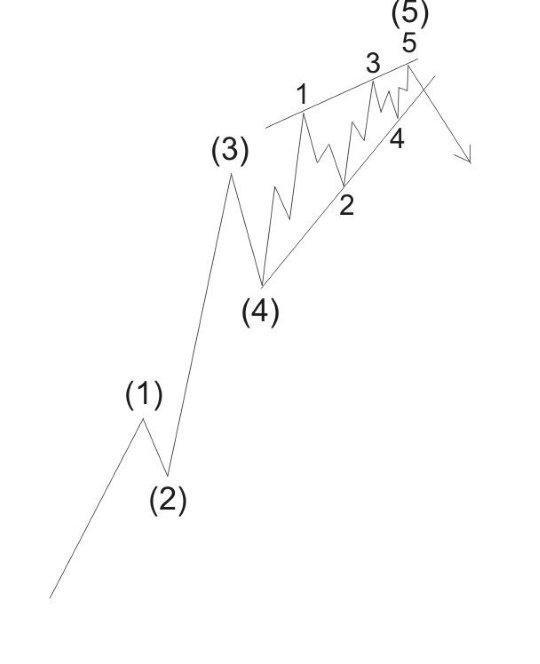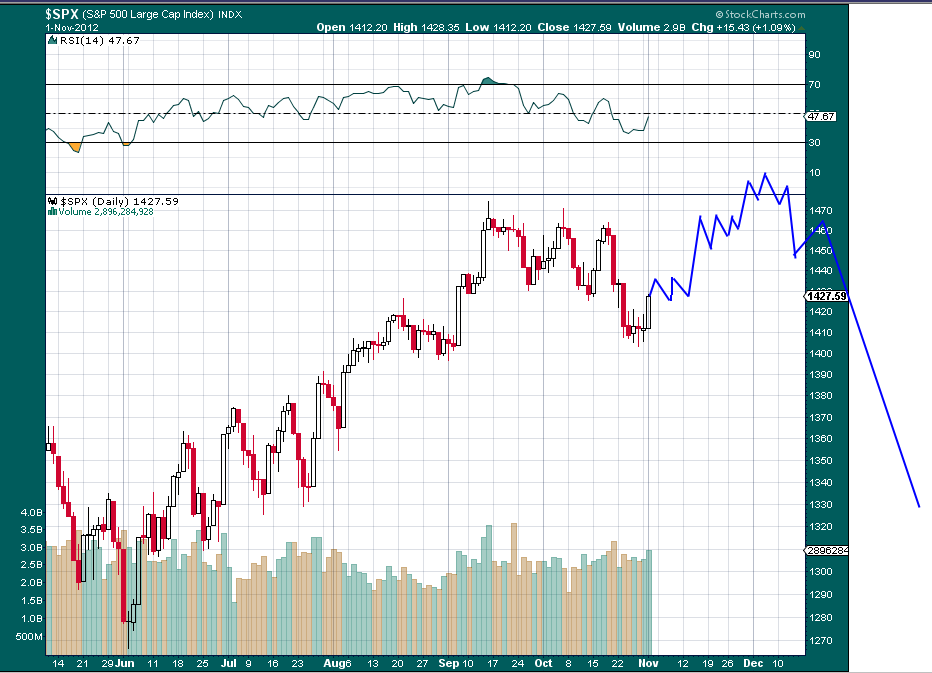Always Look on the Bright Side of Life How Dexia s Failure Could be Good for Capital Formation
Post on: 22 Июль, 2015 No Comment

The other week, I was musing in this blog about the likelihood of more AIB and Bank of Ireland type auctions of U.S. Dollar denominated assets by European banks. In the Wall Street Journal. on Friday, September 23rd, the headline was Banks in France Cut Dollar Loans. The article focuses on two of Frances biggest banks, BNP Paribas and Socit Gnrale, jettisoning U.S. Dollar denominated assets.
And then, the news about Dexia broke on October 10th. Dexia is a huge French-Belgian bank, though with a lesser profile here in the States than its more famous Parisian and Brussels-based sisters. The French, Belgian and Luxembourgian governments immediately swooped in to guarantee deposits and provide credit support and began chitchatting about a good-bank, bad-bank fix. The reaction in the markets has been curiously muted. Dexia is huge. Its reported balance sheet is more than 500 billion euros. (And, of course, Dexia had been reporting Tier 1 capital of 10% a couple of months ago. Howd that happen? But thats a different story.)
The failure of Dexia seems to have been a reasonable excuse for a modestly full-throated panic about the ongoing European debt crisis around the world and here in the States. To the contrary, it was largely a non-event. Thats startlingly odd, as it seemed to be a pretty loud tell on where were headed. A sovereign debt crisis begets a European bank liquidity and capital crisis which, among other things, begets a need for U.S. dollars. So, what must happen? The European banks will sell riskier assets in general and particularly U.S. Dollar denominated assets.
This is all clearly, horribly bad for the banking system and capital formation. But as we wait for the apocalypse to arrive, it does deliver opportunities here in the States. The European banks, and ultimately other sovereign and near-sovereign banks around the world, will discover that selling commercial real estate assets in the U.S. is a terrific way to re-charge dollar reserves, demonstrate liquidity and repair capital ratios.

So the beating butterfly wing of sovereign debt (maybe thats actually a beating buzzard wing) will, in the short term, generate increasing transactional activity here in the States for those willing to buy portfolios of performing and non-performing loans in search of yields. The major auction players are salivating. As a transactional lawyer, this seems a fine way to while away the time while waiting for the debt crisis to play itself out.
But why wait for the RFP? If Im a buyer of financial assets or an institution anxious to finance someone elses purchase of financial assets, why wait for the call from Eastdil, Auction.com, or CBRE that another plum assignment has fallen into its lap and theyre fixing to auction loans? Why not approach the likely seller banks to do a less visible transaction that will generate less notoriety? Why not go to the banks and offer financing to potential bidders baked in? Why not convince the banks to do the hard work necessary to produce clean portfolios to maximize price, as opposed to dumping not-ready-for-prime-time portfolios of stuff onto the auction block? Why not think about proposing alternative structures to potentially inefficient whole loan auctions? There are numerous structured finance solutions to these problems which might be a better fix for institutions intent on maximizing the value of dollar assets and do it in a structure that creates less visibility and notoriety while offering the chance to participate in the upside?
There are rewards for being proactive.














